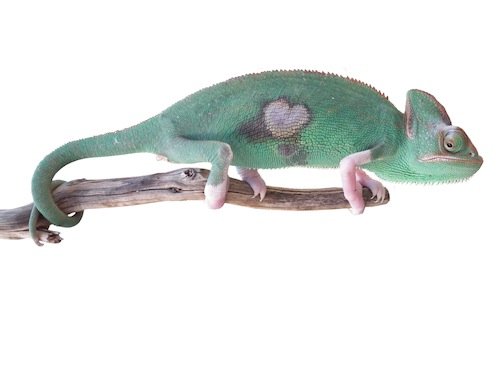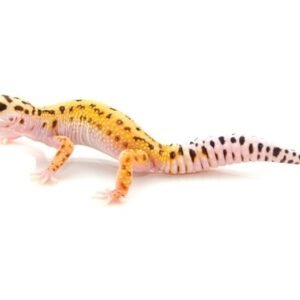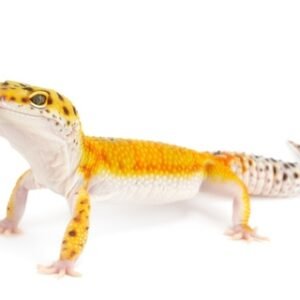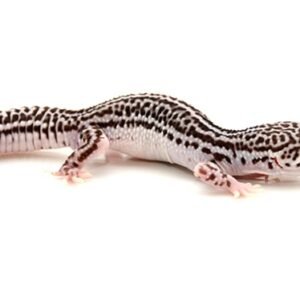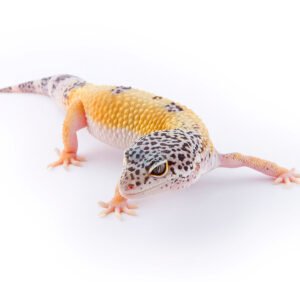Understanding the Translucent Veiled Chameleon
The translucent veiled chameleon (Chamaeleo calyptratus) is a strikingly unique species, distinguished by its remarkable translucent skin that enables it to exhibit a range of vibrant colors. This unique coloration, which can shift from bright greens and blues to more muted browns and yellows, allows the chameleon to blend into its surroundings, providing effective camouflage in its natural habitat. The translucency of their skin, while visually appealing, also serves a practical purpose; it assists in thermoregulation by reflecting light and heat, allowing these reptiles to maintain a stable body temperature.
In the wild, translucent veiled chameleons are primarily found across the arid regions of Yemen and Saudi Arabia, where they inhabit a variety of environments, including scrublands, forests, and mountainous areas. They are arboreal creatures, which means they predominantly reside in trees, utilizing their strong limbs and prehensile tails to navigate branches and foliage with great agility. This species is also known for its distinctively large, casque-shaped head and spectacular eye movement, permitting them to observe their environment with pin-point accuracy, enhancing their hunting skills and overall awareness of potential threats.
Caring for a translucent veiled chameleon requires a comprehensive understanding of their unique needs. Optimal husbandry necessitates an appropriate habitat that mimics their natural environment, with variations in temperature and humidity. A temperature gradient within the enclosure, ranging from 75°F to 85°F (24°C to 29°C) on the cooler side and 90°F to 100°F (32°C to 38°C) basking area, is essential for their health. Additionally, maintaining a humidity level of 60%-80% through regular misting is critical for their well-being. Diet-wise, these chameleons thrive on a variety of live insects, such as crickets and mealworms, supplemented with calcium and vitamin powders to ensure proper nutrition. Knowledge of these aspects is crucial for keeping a translucent veiled chameleon as a healthy and thriving pet.
Caring for Your Translucent Veiled Chameleon
Caring for a translucent veiled chameleon requires a comprehensive understanding of their habitat needs, dietary requirements, and overall well-being. Creating an ideal enclosure is the first step in ensuring your chameleon’s comfort. A spacious terrarium, ideally at least 4 feet tall for an adult, is essential, as these reptiles thrive in vertical environments. The substrate should be a combination of soil and coconut fiber, promoting natural burrowing behaviors while allowing for easy cleaning. Incorporating branches, vines, and live plants can further mimic their natural habitat, providing essential places for climbing and hiding.
Feeding translucent veiled chameleons primarily involves a diet of appropriately sized insects, such as crickets, locusts, and roaches. These insects should be gut-loaded with nutritious foods to ensure your chameleon receives adequate nutrition. Supplementation with calcium and vitamin D3 is also necessary, especially in growth stages or during breeding. Offering a variety of prey items will help maintain their interest and encourage natural hunting behaviors. Regular feeding, typically every other day, will help maintain their health and vitality.
Hydration for these reptiles is equally important. Translucent veiled chameleons prefer to drink water droplets from leaves rather than standing water. Misting the enclosure several times daily will mimic their natural rainfall and encourage drinking. Observe your chameleon for any signs of stress or illness, such as lethargy, changes in color, or refusal to eat. Common health issues include metabolic bone disease and respiratory infections, often linked to improper care. In addition to monitoring their health, fostering a trusting relationship through gentle handling can greatly enhance their well-being. By creating a suitable environment and following these guidelines, your translucent veiled chameleon can thrive as a beloved pet.

